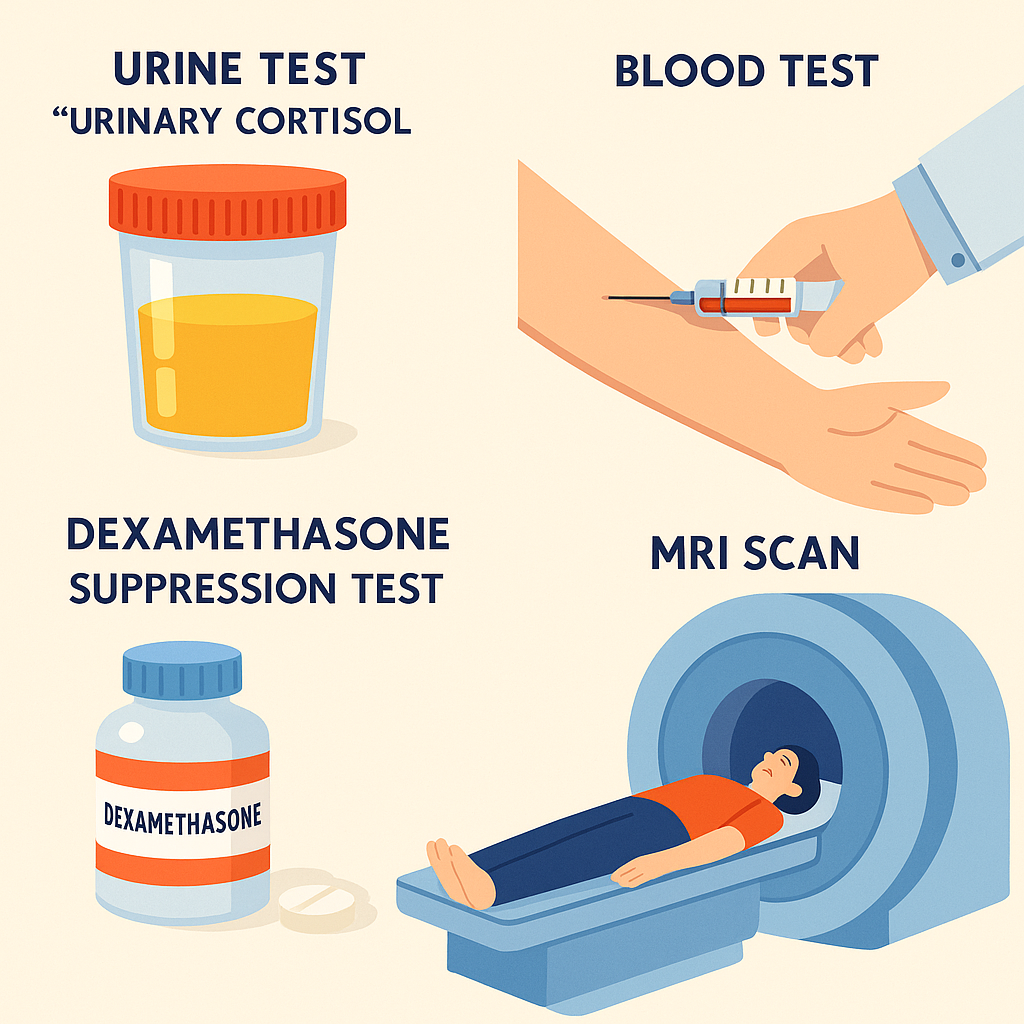News — 24-hour urine test
How is Cushing's Syndrome Diagnosed? Key Tests and Procedures Explained
24-hour urine test ACTH adrenal tumors cortisol excess cortisol testing Cushing’s disease Cushing’s syndrome cyclic Cushing’s dexamethasone suppression diagnosis of Cushing’s endocrine disorders endocrine testing high cortisol hormone imbalance how is Cushing’s diagnosed lab testing for Cushing’s pituitary MRI rare diseases salivary cortisol signs of Cushing’s
Often mistaken for stress, weight gain, or hormonal shifts, Cushing’s syndrome is a condition that hides in plain sight. Caused by prolonged exposure to high cortisol levels, it can lead to a host of serious health problems if left unchecked. But because many of its symptoms overlap with other disorders, getting a definitive diagnosis isn't always straightforward. That’s where a precise and layered diagnostic approach becomes essential.
Whether you're a healthcare professional, a concerned patient, or simply curious about this elusive endocrine disorder, understanding how Cushing’s syndrome is diagnosed can help demystify the process. From urine and saliva tests to advanced imaging techniques, the journey to uncovering this condition is as much about ruling out what it isn’t as confirming what it is. Let’s walk through the essential diagnostic tools doctors use to zero in on this challenging syndrome.

